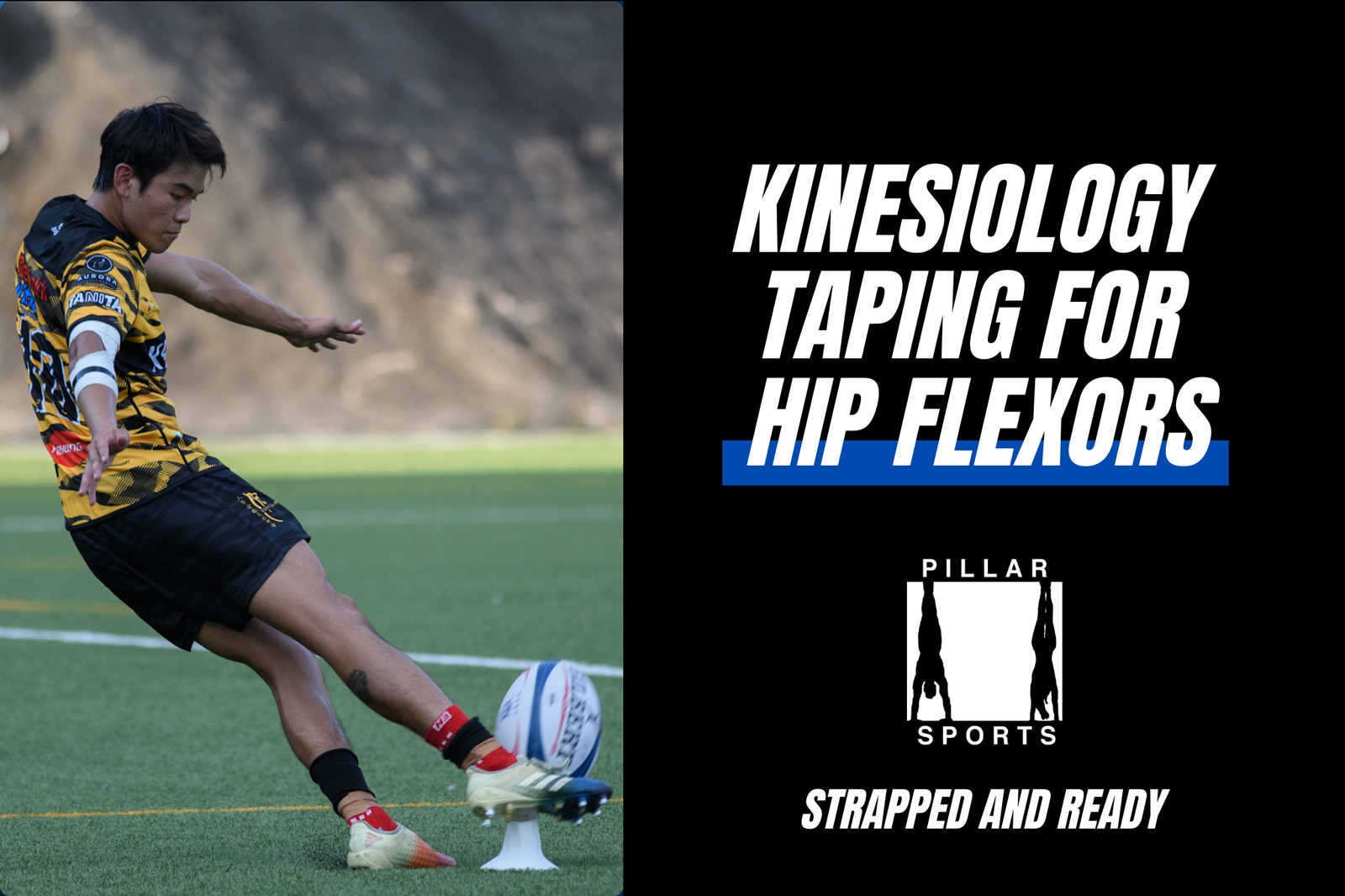
New here? Get HK$20 OFF your first order – min spend HK$300
Please be very aware that this information is neither intended nor implied to be a substitute for professional medical advice. Always seek the advice of your doctor or other qualified health professional before starting any new treatment or with any questions you may have regarding a medical condition.
Last updated on: August 19, 2025
Sports massage is an integral part of the regime of many athletes and individuals who exercise. Self-massage can be a valuable skill to learn and apply for people looking to optimize their athletic performance.
Here’s five benefits of self-massage for anyone who exercises.
Some areas of the body are easy to stretch with a static or dynamic stretch such as the hamstrings and pecs, whilst other areas such as the muscles in the inside of the shin, arch of the foot, or at the base of the skull are much harder.
Athletes can target these ‘hard to stretch’ areas with some self-massage, allowing the muscles to reduce in tone (relax) in response to some self-therapy.
Areas that are ideal to target with self-massage include;
For self-massage to be effective in reducing muscle tension, aim for slow, firm, and long strokes that border on being slightly uncomfortable, but not painful.
In a recent study published in Scientific Reports (September 2020) researchers divided study participants into three groups. The first group received 10 minutes of moderate-pressure massage to the head and neck, the second group received the same – but much softer, and the third group just relaxed at a table for 10 minutes.
One of the main outcome measures the researchers looked at was Heart Rate Variability (HRV) which measures variation in heart rate time intervals. The more variation in HRV, the more relaxed you are, and vice versa. For those who use the stress level feature on a Garmin watch – this is what it’s measuring.
The results of the study demonstrated that those groups that received massage (both moderate and soft) had higher HRV after treatment than the control group, however, all participants reported feeling less stress and more relaxed after the tests.
The take-home message from this study is that both taking time to relax and massage, can help people reduce stress and relax.
For self-massage to help relieve stress, aim for light to moderate pressure and long broad strokes using the entire palmar surface of your hands.

Most people have experienced post-exercise muscular soreness that can persist for a few days after a heavy session. This soreness known as DOMS (delayed onset muscle soreness) is not only uncomfortable but can prevent people from training again for a few days.
In a recent systematic review and meta-analysis published in BMJ Open Sport & Exercise Medicine, the authors conclude that massage can provide some benefit in reducing or preventing DOMS.
Post-event massage by a qualified and experienced therapist is likely to be the most effective option to help prevent DOMS after exercise, however, you can do some yourself.
If you’re going to give it a go yourself, here’s a few tips;
As a sports physiotherapist, I get so much valuable information when I get ‘hands on’. I get a feel for specific areas of tightness, soreness, soft tissue thickening and even at times painful areas that shouldn’t be – such as bones etc.
This ‘feel’ allows me to gain more insight into which muscles and soft tissues are overloaded, or weak, or a combination of both. In turn I’m better equipped to prescribe the right exercises, stretches, treatments or other interventions needed to optimize recovery and/or athletic performance.
When performing self-massage, this ‘feel’ and self-assessment will allow athletes to improve their own body awareness and recognize those tight and sore areas that may benefit from some professional management.
If there’s an area of concern, such as discomfort on the inside of the shin during massage, you can give it a pain rating out of 10 during each session and monitor whether it’s getting better or worse. If it’s getting worse, get some professional advice.

In a sports context massage is generally thought to only be of benefit to the muscular system, however the skin can take a beating during sports and exercise as well. Think sunburn, damage from the wind, bruising, grazes, chafing… the list goes on.
The products you use for self-massage can also double up as a sports-specific skin treatment if you pick the right products.
First of all, let’s discuss what not to use. Heavy, generic oils usually clog skin pores which can cause breakouts so I’d suggest steering clear of these. Cheap, mineral oil-based creams and lotions can also cause skin irritation and sensitivity, so treat yourself to products that are non-greasy and help restore and recondition skin from the rigours of sport such as the Premax Massage Creams and Lotions and Recovery Cream.

Grab HK$20 OFF your first order of performance-tested tape & gear.
*when you spend HK$300 or more.*
Join 1,000+ athletes already training with Pillar Sports tape.
No spam. Unsubscribe anytime.